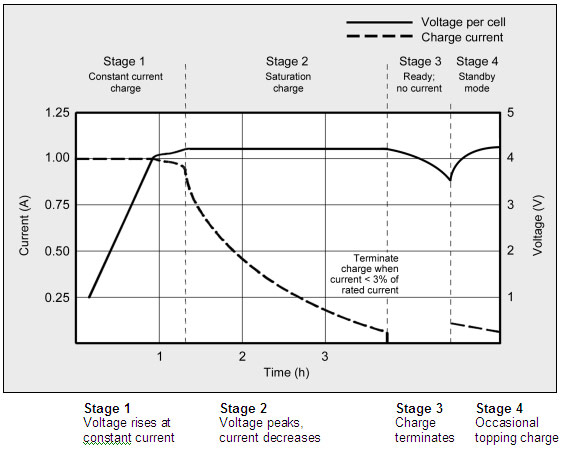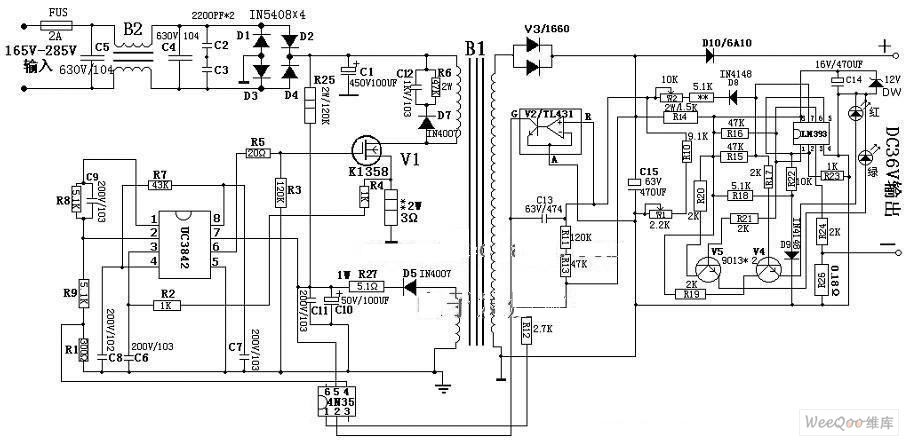sharkmobil
10 W
I'm using original EV Global charger to charge the 12s4p LiPo pack that I stuffed into a factory box. Turned it up to 50.2v and 3A (by adjusting VR1 VR2) - was running fine for a while, then I removed the cover (which hosted a fan) and turned the VR2 all they way up - got almost 3.3A out of it. The FET did not last long - puffed the magic smoke - not surprised, as it is rated for 50w dissipation (surprised it lasted this long). The FET sits on a L-shape heatsink.
Questions:
Originally the MOSFET is a K2645 N-Channel MOSFET, rated for 600v 10A, 50W dissipation. Can I stuff something more powerful in place of it (I was thinking NTE2970 - 500v 22A, 278W power dissipation, or Irfp240 Power Mosfet N Channel -200v 30a 150W)?
What should be my main points of comparison?
Obviously I'm more concerned with amp rating than max voltage (being a ~50v charger application), should I even bother finding a >100v equiv considering, is there more to it than just comparing max values and physical dimensions?
Questions:
Originally the MOSFET is a K2645 N-Channel MOSFET, rated for 600v 10A, 50W dissipation. Can I stuff something more powerful in place of it (I was thinking NTE2970 - 500v 22A, 278W power dissipation, or Irfp240 Power Mosfet N Channel -200v 30a 150W)?
What should be my main points of comparison?
Obviously I'm more concerned with amp rating than max voltage (being a ~50v charger application), should I even bother finding a >100v equiv considering, is there more to it than just comparing max values and physical dimensions?



